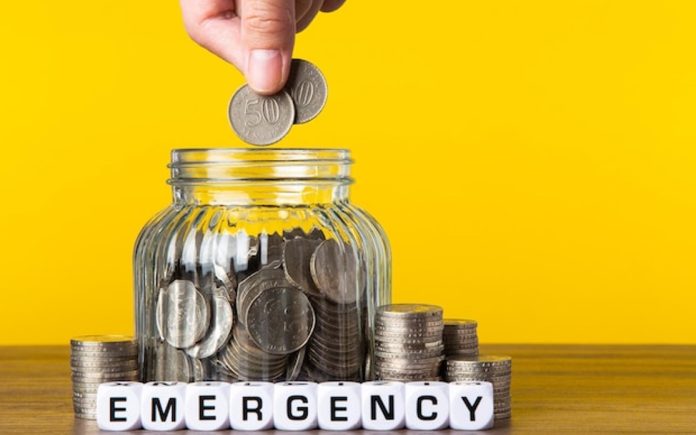Contributing to your emergency fund will always be a smart idea. These savings can protect you against sudden, unforeseen expenses that you wouldn’t be able to afford without them.
With gloomy predictions for the economy in the upcoming year, the “unexpected” might crash land in your life sooner than you think, return more often, or deliver a more devastating blow than usual.
Here are three reasons to double down on your efforts to save today.
1. Most People Don’t Have Enough Savings
The fact of the matter is most people desperately need more savings. Surveys reveal that more than one-quarter (26%) of Canadians don’t have enough money to cover an unexpected $500. Meanwhile, their neighbours to the south are even less prepared for emergencies, with a whopping 50% living without a $500 cushion.
Prioritizing your savings can help you breakout of this statistic. However, your emergency might arrive before you can save up your first $500. Luckily, a lender like Fora makes it easy to research emergency loans online. You can visit Fora to find out more about if a line of credit might provide a credit limit of $500 or more, depending on your eligibility.
Once you pay off your line of credit, it’s important to refocus on your savings. Each contribution builds your cash cushion, until one day it’s big enough to handle the unexpected without the help of a line of credit.
2. Prices Are Higher, So the Unknown Has a Bigger Price Tag
Financial rule of thumb says to save three to six months of living expenses in your emergency fund. However, you might want to think about bumping up your goal to exceed six months. Some financial advisors even recommend saving as much as 12 months of expenses.
That’s because inflation makes everything in your budget cost more, including the unexpected. Your next callout for a plumber, trip to the auto shop, or emergency dental surgery will cost more thanks to the dogged rise in the cost of living.
Prioritizing your savings can help you plan for these higher prices, making your emergency fund a more effective cushion against the unknown today.
3. Interest Rates Are Climbing
Central banks all over the world are hiking their rates in an attempt to cool off red-hot inflation. These increases are working to level out the economy, according to Tiff Macklem, Governor of the Bank of Canada. However, their policies may change the way you look at your finances. These sentiments are echoed by Federal Reserve Chair Jerome Powell about similar rate hikes in the USA.
For one thing, raising the policy rate usually means the cost of prime borrowing goes up. While it doesn’t guarantee you’ll pay more for your next emergency loan, it may have an impact on your interest rate.
For another, this rate hike may also affect the interest you earn on savings. High-Interest Savings Accounts (HISA, for short) now offer rates as high as 5%, twice that of what’s offered with basic accounts.
At that rate, the deposits you make will grow larger and faster thanks to this higher interest rate. To see what kind of difference this makes, plug your current balance into a savings calculator and see how your rate changes your wealth over time.
Bottom Line:
Save as much as you can, as often as you can. Making a point to grow your emergency fund will help you be prepared in case an unexpected expense blindsides you this year. Doing so now can help you weather inflation and earn more interest, too.
Disclaimer: This article contains sponsored marketing content. It is intended for promotional purposes and should not be considered as an endorsement or recommendation by our website. Readers are encouraged to conduct their own research and exercise their own judgment before making any decisions based on the information provided in this article.


































